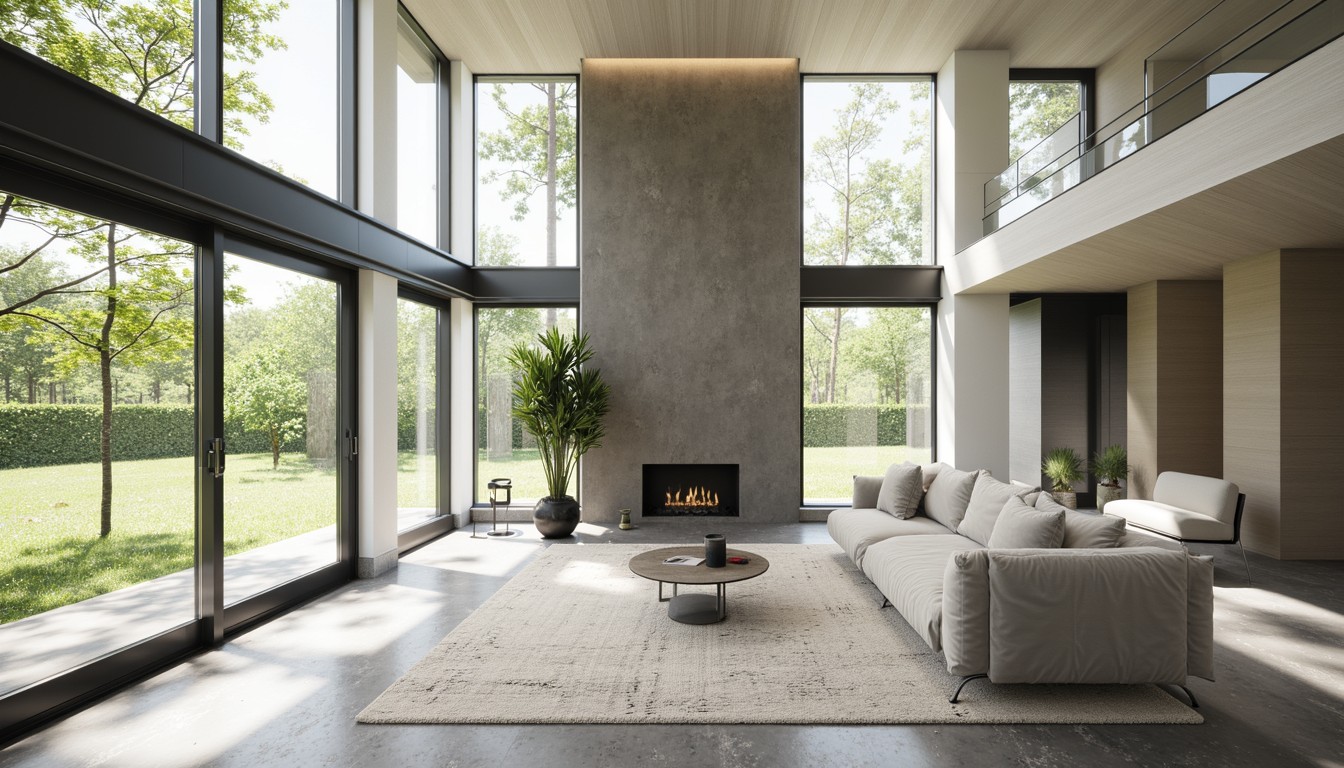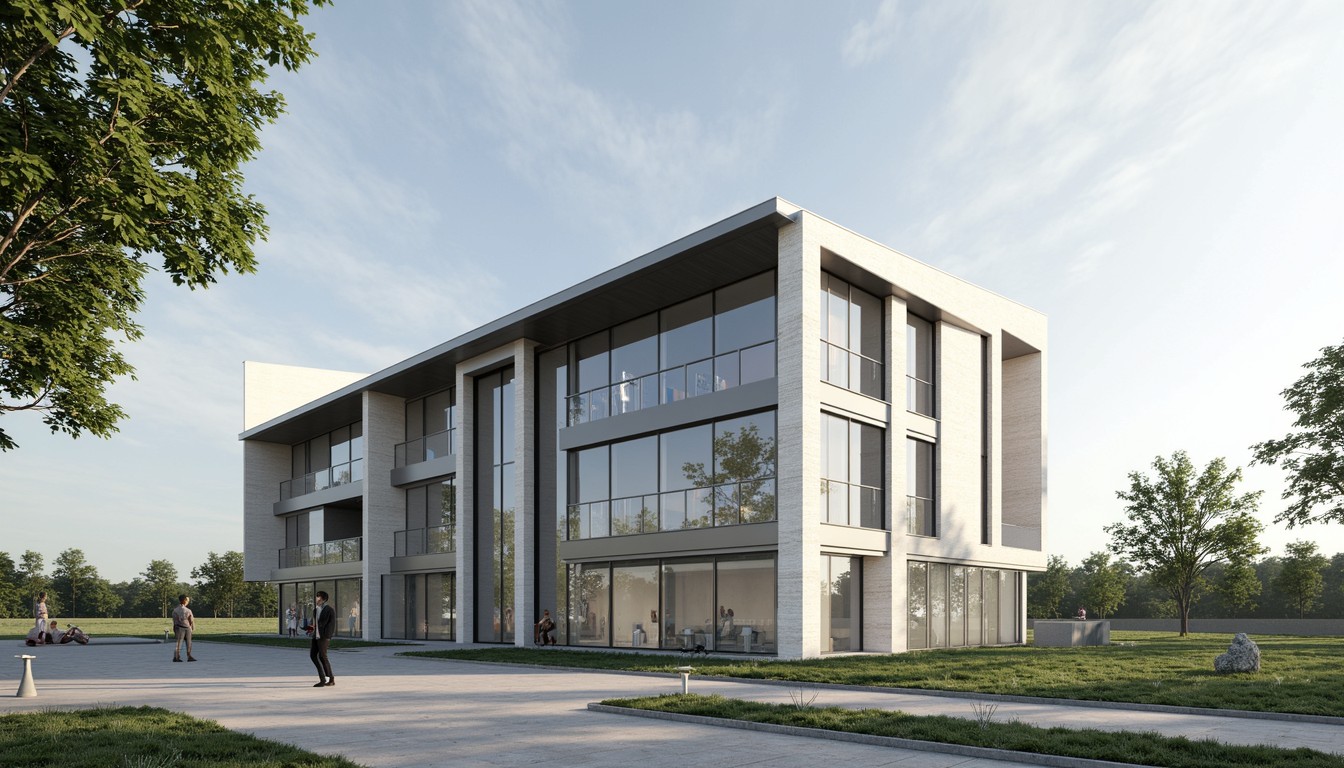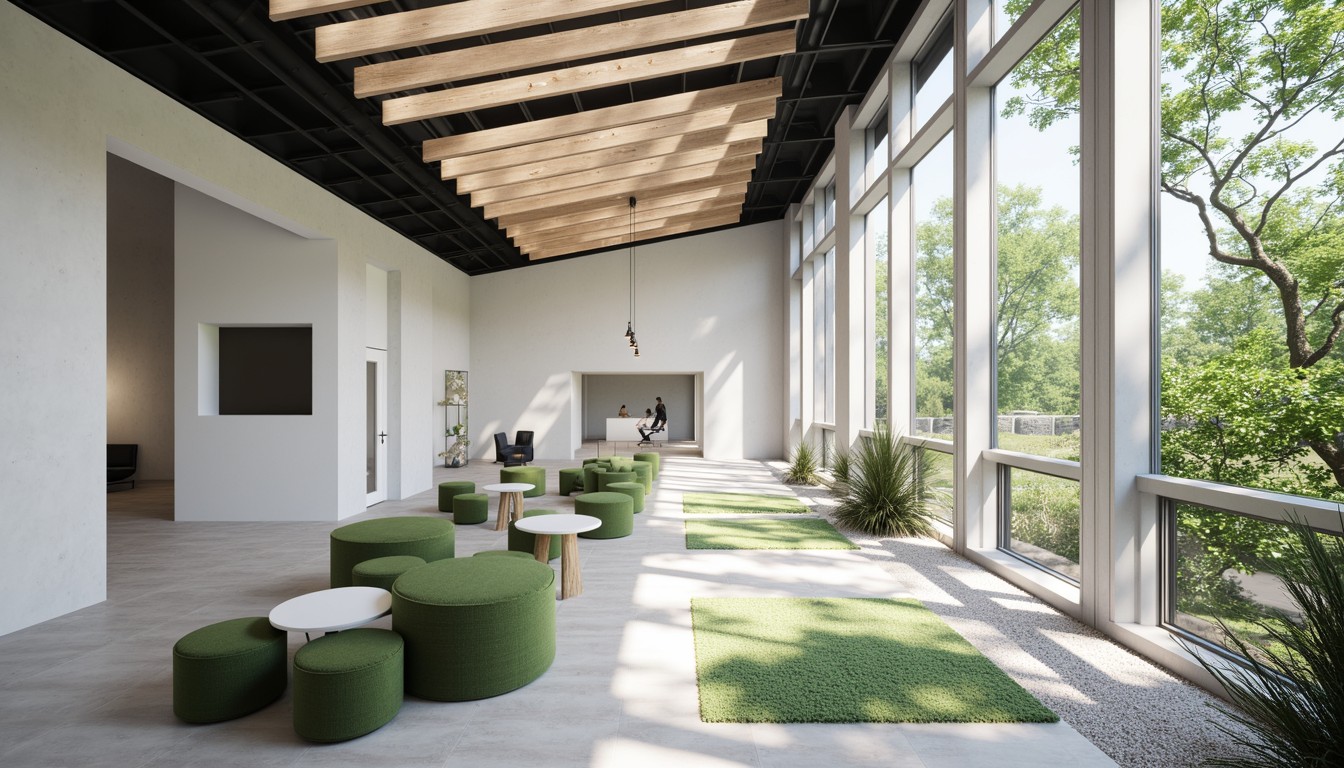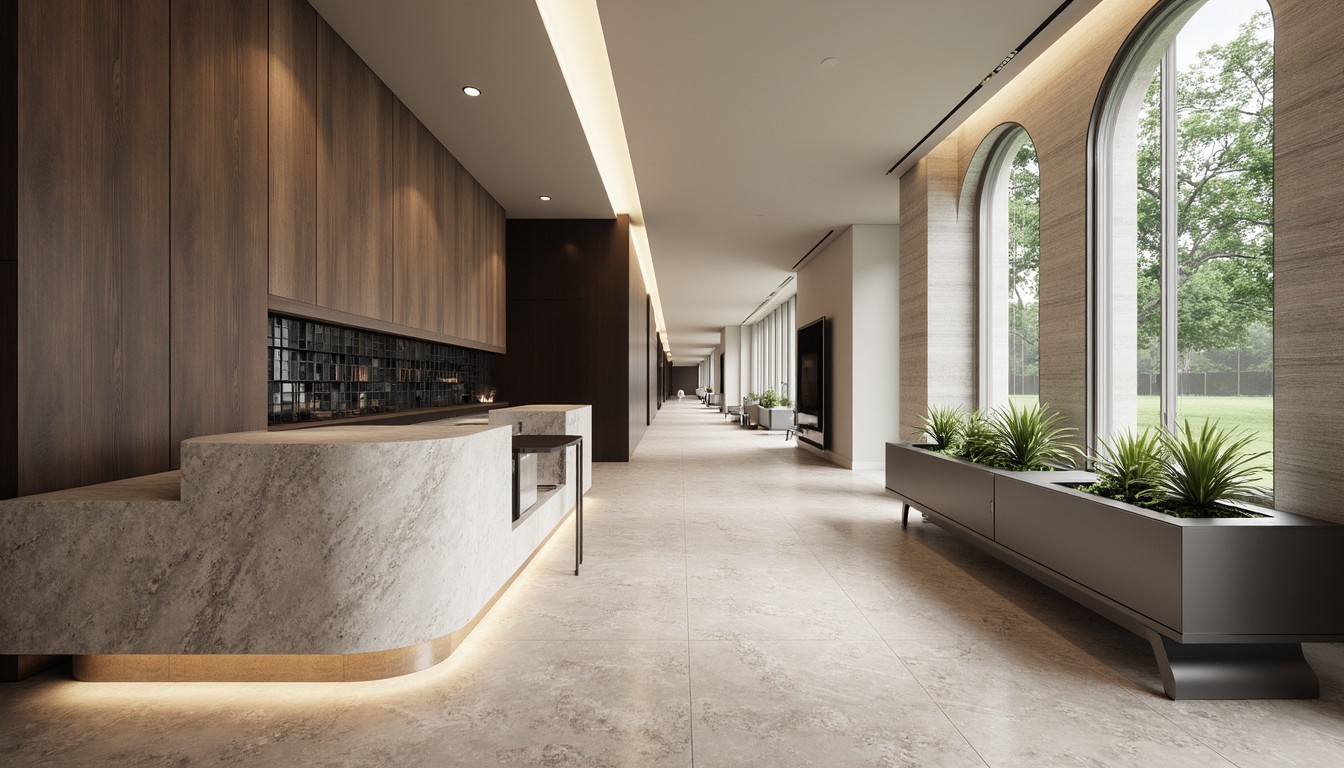Sustainable Architecture: Exploring Green Building Technologies
The construction industry is a significant contributor to global carbon emissions. However, a growing awareness of environmental responsibility is driving a revolution in architectural design, leading to the widespread adoption of sustainable architecture and green building technologies. This shift isn't just about reducing our environmental footprint; it's about creating healthier, more efficient, and ultimately, more valuable buildings.
Passive Design Strategies: Harnessing Nature's Power

Before diving into advanced technologies, it's crucial to understand the importance of passive design. These strategies utilize natural elements like sunlight, wind, and shade to minimize energy consumption. Examples include:
- Optimal Site Orientation: Positioning buildings to maximize solar gain in winter and minimize it in summer.
- Natural Ventilation: Designing buildings to utilize prevailing winds for cooling, reducing reliance on mechanical systems.
- Shading Devices: Implementing overhangs, louvers, and trees to control solar radiation and reduce heat gain.
- Thermal Mass: Utilizing materials like concrete or stone to absorb and release heat slowly, regulating indoor temperatures.
ArchNav's expertise lies in visualizing these passive design strategies effectively, allowing architects and clients to understand their impact before construction begins. We create compelling renderings that showcase the interplay between building design and the natural environment.
Active Green Building Technologies: Innovative Solutions

Beyond passive design, a range of active green building technologies enhances sustainability. These include:
1. Renewable Energy Systems:
Integrating renewable energy sources like solar photovoltaic (PV) panels, wind turbines, and geothermal systems significantly reduces reliance on fossil fuels. ArchNav's visualizations can showcase the seamless integration of these systems into building designs, demonstrating their aesthetic and functional benefits.
2. Energy-Efficient Building Envelopes:
High-performance building envelopes, featuring advanced insulation, airtight construction, and high-performance glazing, minimize energy loss. Our renderings can highlight the impact of these features on thermal performance, showcasing their contribution to energy savings.
3. Smart Building Technologies:
Smart building technologies, including building management systems (BMS) and intelligent lighting controls, optimize energy use in real-time. ArchNav can visualize the integration of these systems, demonstrating how they contribute to a more efficient and responsive building environment.
4. Water Conservation Systems:
Implementing rainwater harvesting, greywater recycling, and low-flow fixtures significantly reduces water consumption. Our visualizations can showcase the practical implementation of these systems, highlighting their aesthetic appeal and environmental benefits.
5. Sustainable Materials:
Using sustainable materials, such as recycled content, rapidly renewable materials (bamboo, timber), and locally sourced products, minimizes the environmental impact of construction. ArchNav's detailed renderings can highlight the texture and beauty of these materials, showcasing their role in creating aesthetically pleasing and environmentally conscious buildings.
Case Studies: Real-World Applications of Green Building Technologies
Numerous successful projects demonstrate the effectiveness of green building technologies. The Bullitt Center in Seattle, for example, is a net-zero energy and water building, showcasing the potential of integrated design strategies. The Eden Project in Cornwall, UK, exemplifies the use of sustainable materials and bioclimatic design. These projects demonstrate that sustainable architecture isn't a compromise on aesthetics or functionality; it's an opportunity to create exceptional buildings that are both beautiful and environmentally responsible.
ArchNav's Role in Sustainable Architectural Visualization

ArchNav plays a vital role in promoting sustainable architecture by providing high-quality visualizations that showcase the benefits of green building technologies. Our expertise allows architects and developers to communicate the value proposition of sustainable design to clients and stakeholders. We utilize advanced rendering techniques to create photorealistic images and immersive virtual tours, enabling viewers to experience the beauty and functionality of sustainable buildings before they are built.
We go beyond simply showcasing the design; we highlight the environmental performance, demonstrating the positive impact on energy consumption, water usage, and carbon emissions. This allows for informed decision-making and fosters a greater understanding of the importance of sustainable practices in the built environment.
Conclusion
Sustainable architecture is no longer a niche concept; it's a necessity. By embracing green building technologies and innovative design strategies, we can create a built environment that is both aesthetically pleasing and environmentally responsible. ArchNav is committed to supporting this transition by providing cutting-edge visualization services that showcase the potential of sustainable architecture. Contact us today to discuss your project and discover how we can help you bring your sustainable vision to life.
